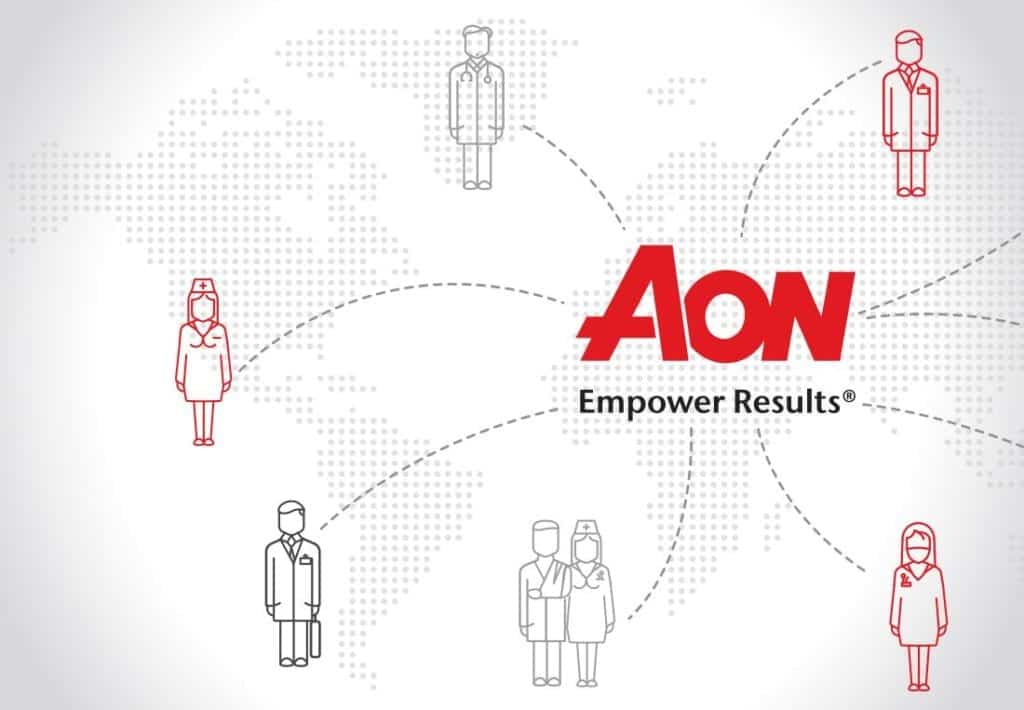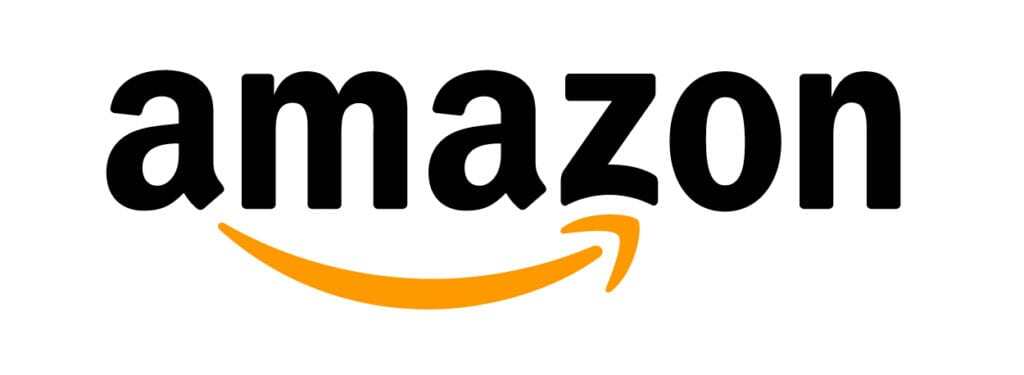Insurance Brand Case Study: Targeted Social Campaign Converts New Customers
Healthcare professionals were turning to social media and search engine sites to research insurance options, a departure from their traditional...

Digital media is hard enough to get right, but when faced with ever-changing market trends and a massively crowded field of rivals all fighting for the same turf, it’s not for the faint of heart. When it comes to travel marketing, in particular, an already difficult environment becomes even more challenging when surrounded by competition from the supplier side (competing brands), online travel agents (OTA’s), aggregators (TripAdvisor, Kayak), disrupters (AirBnB) and, of course, travel frenemy Google.
So what’s a travel brand to do when it comes to driving online acquisitions? As with any business challenge, the approach should focus on prioritization and small wins that aggregate into a scaled success over time. In your mind’s eye, imagine concentric circles and prioritize from the inside out with a ripple effect. Whenever we work with clients on their digital media strategy, we employ a very simple but effective question: If this were my money, where would I invest my digital media budget?
1. Search: When it comes down to the most effective and efficient media investment for travel brands, it’s hard to beat the tried-and-true. Having said that, not all search strategies are created equal. Don’t fall into the trap of sitting on your brand terms for maximum return just because these keywords are lower in cost and higher in conversions; instead, develop a balanced approach between organic and paid search.
When building your campaign, start with this question: Could I have received that click and the resulting booking/sale without the presence of a paid ad? For those brands with successful SEO, the answer, most of the time, is yes. Focus on incremental value when building your paid search campaign – which categories and keywords are driving new and high value customers to your brand. With limited visibility into organic keyword level data, smarter marketers are evolving search beyond simple keywords and focusing on the audience. Take advantage of new targeting opportunities that include sophisticated remarketing, demo and behavioral targeting. These tools are making it increasingly more possible to get in front of searchers based on their value to you.
2. Mobile: The momentum of mobile is staggering and this has created both challenges and opportunities for travel brands. It is essential to invest accordingly from both the mobile app and browser standpoint. But launching a mobile app is just the beginning, brands must continue to enhance the experience and increase usage by attracting both new users and enticing existing users to keep their app top of mind.
Mobile check-ins are a must. Engage your customers actively with added-value services, amenities, offers and rewards benefit. With the emergence of wearable technology, the possibilities only continue to grow for engagement and loyalty. Don’t forget the mobile web, where opportunities for acquisition are ripe, but don’t limit your options to whatever is on the rate card. Push for customized media opportunities with upstart media partners who are hungry for niche opportunities. Implement click-to-call media placements and tracking to gain the greatest bang for your buck. Another must-have is cross-device reporting to provide an accurate account for attribution for the true impact from your mobile strategy.
3. Display: Where do we begin? Simple, data-driven media partnerships should be at the front of the line. Technologies and media partners who leverage data to target your most desired customers at the peak of interest are best positioned for success. Both Sojern and Adara are examples of such partners who sit upon massive amounts of valuable data for travel marketers to leverage. Don’t simply use this rich data with static banners or uninspired creative, speak to your audience with dynamic creative, compelling offers, geographically relevant imagery and specific calls-to-action.
Certainly, the size of your media budget will determine how far you can and should expand your radius of coverage, but start with what works, and what is the most effective and efficient from both a performance and a targeting standpoint. Maximize these opportunities and partnerships, and then expand accordingly.

Healthcare professionals were turning to social media and search engine sites to research insurance options, a departure from their traditional...

In today’s fast-paced online landscape, having a solid content marketing strategy is crucial for businesses of all sizes. Whether you’re a seasoned...

You’ve heard of SEO, SEM, HBO, QVC – okay, scratch the last two, but you see where we’re going with this. SEO and SEM are marketing strategies that...